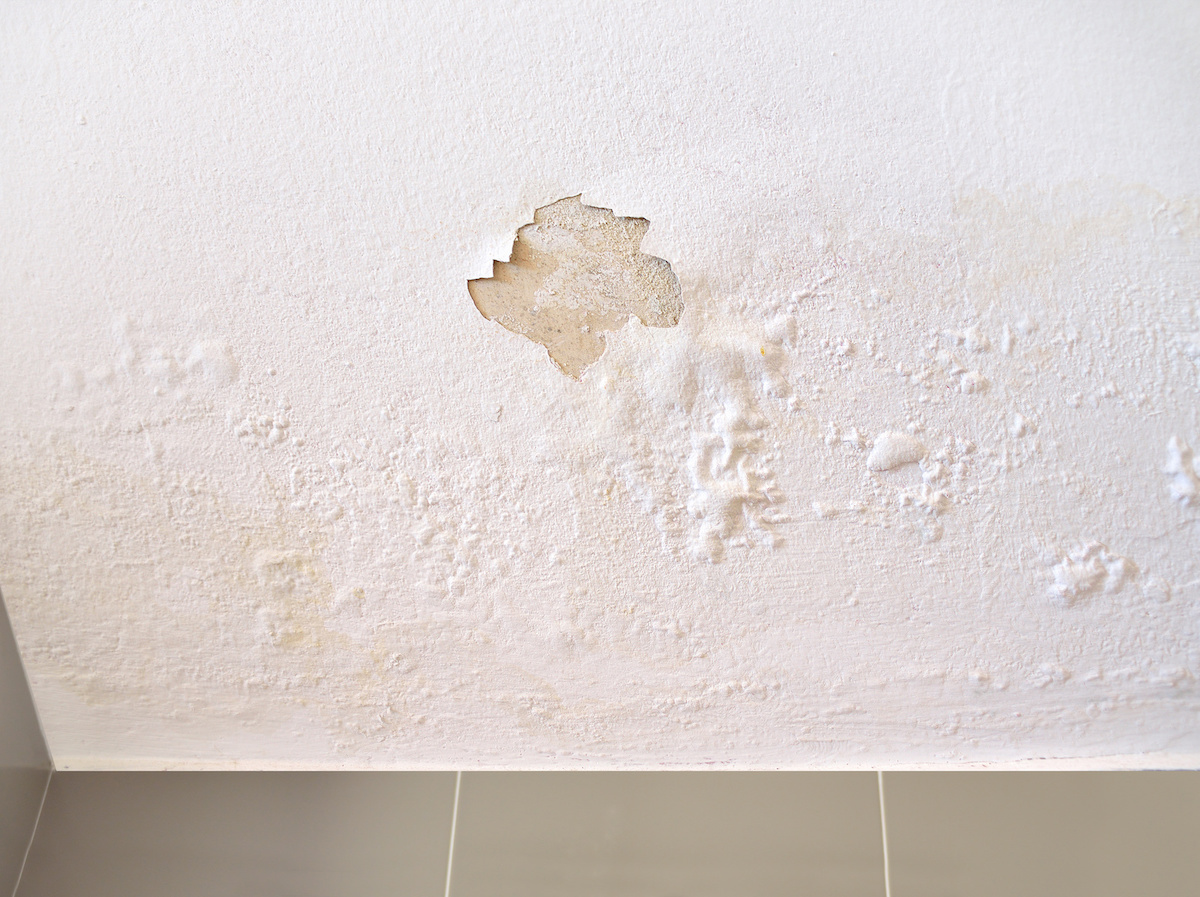Exactly how to avoid a Water Damaged Bathroom
Exactly how to avoid a Water Damaged Bathroom
Blog Article
What are your thoughts about Preventing Water Damage in the Bathroom?

The restroom is incredibly vulnerable for wet buildup as well as prospective water damage as a result of the constant use water in it. This short article offers simple examination strategies to assist spotting water damage threats.
The regular use of water in the bathroom makes it exceptionally prone for damp accumulation and also prospective water damage. By inspecting it consistently, you can minimize water related problems.
The complying with set of examinations is simple to carry out and also must be done when in every 3 months in order to maintain your bathroom healthy as well as to prevent possible water damages brought on by the tub, the shower, pipe joints and also plumbing, sinks, cupboards, and also the bathroom
Do not forget doing these evaluations and also be complete while doing them. Keep in mind that these straightforward evaluations can save you a lot of cash by supplying early signs for water damages
Sinks and Cabinets
Sinks and also cupboards are revealed to wetness and moisture everyday and also are commonly overlooked. Evaluate frequently under the sink and on the counter top above it. Fix any drip in the catch as it may recommend drain troubles. Take a look around the sink, slow-moving draining pipes might suggest an obstructed drain. Change sink seals if they are broken or loosened.
Bathtub and also Shower
The shower and bath tub require unique attention as well as upkeep. Inspect the floor tiles as well as change if cracked. Make certain that there is no missing cement in between the tiles. Evaluate and change fractured caulking at joints where the walls fulfill the floor or the tub. Obstructed drains as well as pipelines problems will certainly prevent the tub from drying out and may show serious issues under the bathtub. Speak with a specialist instantly to prevent structural damages. Pay attention to discolorations or soft locations around the bath tub walls as they may suggest an inner leak.
Plumbing
Signs for water damage are difficult to identify given that most pipes are set up inside the wall surfaces.
Pay unique attention to flooring as well as wall surfaces moisture and spots as they might show an invisible plumbing problem. Inspect wetness degrees in adjacent areas as well.
The Toilet
The bathroom is a prone water joint. Examine the water lines and also look for leaks around the toilet seat, in the hose pipe, as well as under the water storage tank. If you find any kind of indicators of moisture on the floor around the toilet, check for leaks in the toilet rim as well as storage tank seals.
Know that hanging bathroom dish antiperspirants raises the opportunities for clogs.
Water Damage Signs In The Bathroom To Avoid Cleanup
Musty smell
This is one of the easiest signs to catch because musty smells are so odorous. The damp, earthy, moldy smell should be a big red flag. The smell will develop when moisture gets trapped in surfaces, and begins to facilitate mold growth. Leaking pipes under cabinets, inside walls, and behind shower fixtures will cause moisture to stay trapped and not dry, which will lead to mold growth and spread. As soon as you notice any musty smells in your bathroom, have it checked for hidden water damage and cleanup signs.
Visible mold
If the smell isn’t there to give it away, sometimes you will actually see mold growth. Finding mold in your bathroom is a serious problem, because mold is very harmful to your health. By the time mold growth is visible, it also means that water damage has already occurred and been present for some time. The only way the mold problem can be resolved is to find the source of the moisture and get it stopped. To safely and adequately remove mold, you need to have professionals handle the remediation. Do not waste any time in getting mold problems addressed, fixed, and sanitized so that you can protect you and your family from the many respiratory symptoms caused by mold exposure.
Damaged floors
Bathroom floors should be able to withstand some exposure to water while still remaining in good condition. However, when excess exposure or water leaks occur, they will begin to damage even the most water-resistant flooring. If you notice any cracking, bubbling, staining, or warping on your bathroom floors, there is probably a water leak somewhere causing the distortion. If you notice areas of the floor have become softer, or even have a spongy feeling, there is probably damage to the subfloor. Subflooring is typically made up of plywood. When plywood is exposed to water or moisture, it will absorb it. Once it has become saturated, the weight of the excess water will cause the wood to swell and soften. Check the floors in your bathroom frequently to catch any of these sings before they lead to damaged subflooring.
Changes on walls
When water leaks behind walls, it will cause changes in the drywall. Peeling plaster, blistering paint, and soggy wallpaper are all good indicators that excess water is building up behind the wall. Water leaking behind drywall will cause it to swell and be soft to the tough. If you start to notice gaps along the trim of your walls, or where tile meets the wall, it could also be a strong indicator that there is a leak behind the wall. Any changes, distortion, or damage on the walls should be evaluated as soon as you notice it to prevent further water damage and cleanup.

As an avid person who reads on How to Fix a Water Damage Bathroom, I figured sharing that excerpt was beneficial. Sharing is nice. You just don't know, you might be helping someone out. Bless you for your time. Please stop by our website back soon.
Request Service Report this page